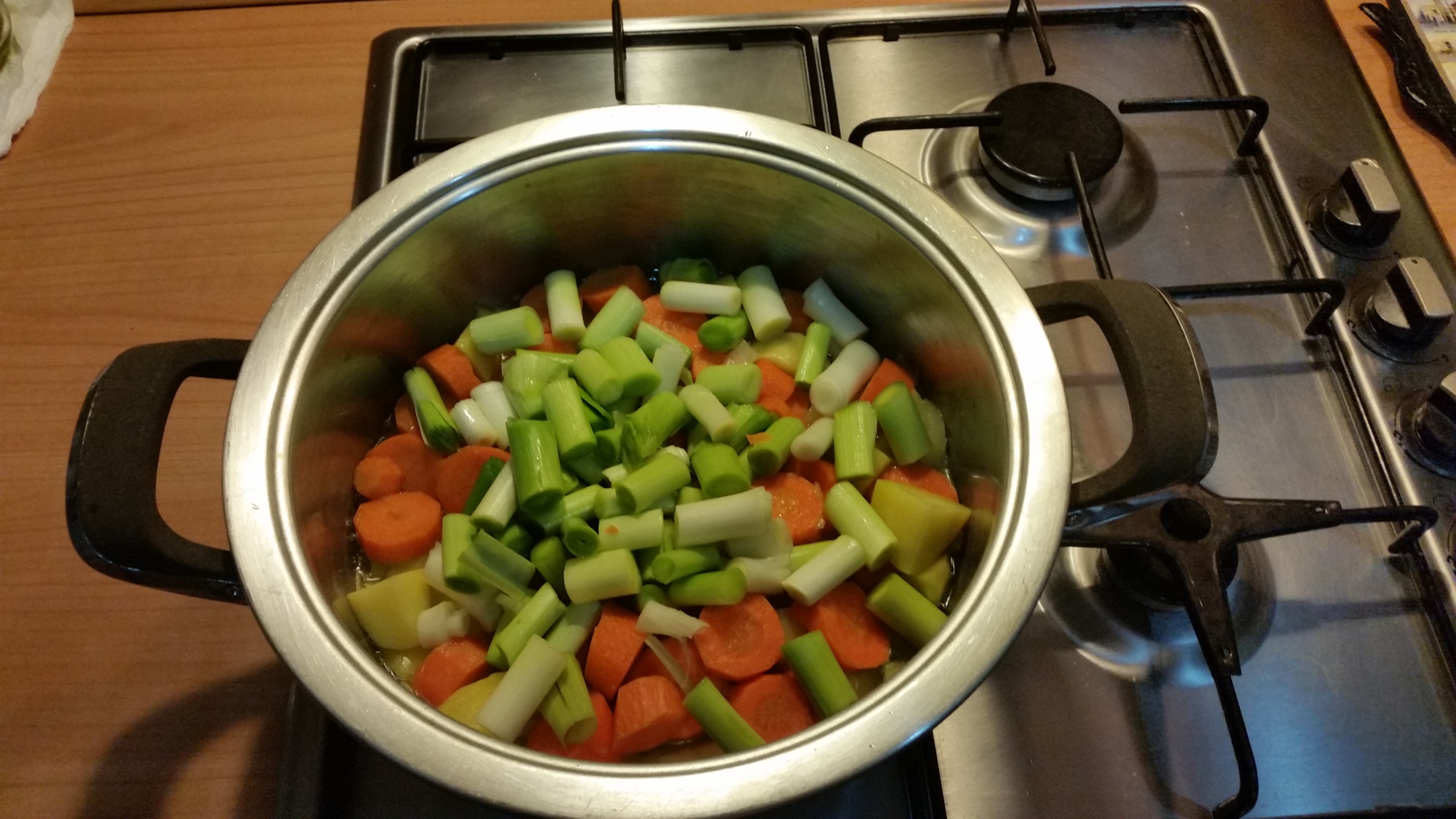
Turkish Cuisine Vegetables
Along with grains, Turkish Cuisine vegetables are also consumed in large quantities in the Turkish diet. The simplest and most basic type of vegetable dish is prepared by slicing a main vegetable such as zucchini or eggplant, combining it with tomatoes, green peppers and onions, and cooking it slowly in butter and its own juices. Since the vegetables that are cultivated in Turkey are truly delicious, a simple dish like this, eaten with sizeable chunk of fresh bread, is a satisfying meal in itself.
A whole class of vegetables is cooked in olive oil. These dishes would be third in a five-course meal, following the soup and a main course such as rice or börek and a vegetable or meat, and before dessert and fruit. Practically all vegetables, such as fresh string beans, artichokes, celery root, eggplant, pinto beans, or zucchini canbe cooked in olive oil, and are typically eaten at room temperature. They are a staple part of the menu with variations depending on the season. Then there are the fried vegetables, such as eggplant, peppers and zucchinis, that are eaten with a tomato or a yogurt sauce.
“Dolma” is the generic term for stuffed vegetables, being a derivative of the verb “doldurmak” (to fill). There are two cateories of dolmas: those filled with a meat mix and those with rice mix. The later are cooked in olive oil and eaten at room temperature. The meat dolma is a main course dish eaten with yogurt sauce, and a very frequent one in the average hausehold. Any vegetable which can be filled with or wrapped around these mixes can be used as a dolma, including zucchini, eggplant, tomatoes, cabbage, and grape leaves. However, the green pepper dolma with the rice stuffing, has to be the queen of all dolmas, a royal feast to the eye and the palate.
In addition to these general categories, there are numerous meat and vegetable dishes which feature unique recipes. When talking vegetables, it is important to know that the
eggplant (or aubergine) has a special place in Turkish cuisine. This handsome vegetable with its brown-green cap, velvety purple skin, firm and slim body, has a richer flovor than that of its relatives found elsewhere. At a party, a frustrating question to ask a Turk would be “How do you usually cook your eggplant?” A proper answer to this question would require hours! Here, too, it will have to suffice to mention just two eggplant dishes that are a must to taste.
In one, the eggplant is split lengthwise and filled with a meat mix. This is a common summer dish, eaten with white rice pilaf. The other one is “Her Majesty’s Favourite”, a delicate formal dish that is not easy to make but well worth trying. The name refers to Empress Eugenie, the wife of Napoleon III, who fell in love with it on her visit to Sultan Abdülaziz.
To taste these dishes, look for a “Lokanta”, a world borrowed from the Italian “Locanda”, describing the type of establishment where traditional cooking is prepared, usually for those who work nearby. The best examples are the Borsa, Hacı Salih, and Konyalı Restaurants in Istanbul and Liman and Çiftlik in Ankara. The tables are covered with white linen, and the menu comprises soups, traditional main dishes and desserts, including fresh fruit. Businessmen and politicians frequently visit these places for lunch.
